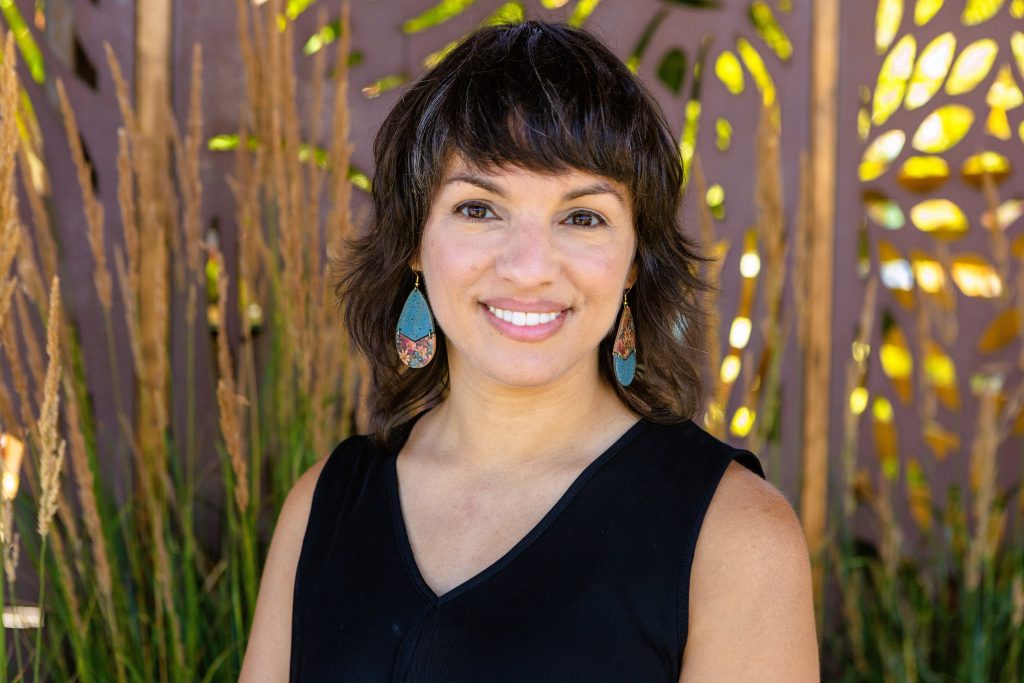How Dermatologists Can Provide Optimal Patient Care by Understanding Religious and Cultural Practices
May 17, 2021

Dr. Aamir Hussain, a resident at MedStar Health in Washington, D.C., is encouraging his fellow dermatologists to understand the cultural and religious traditions of South Asian patients from diverse faiths to help mitigate health care disparities and provide culturally competent care to patients.
In a research commentary co-written with Natalia Khosla, a MD candidate at the University of Chicago, and Dr. Rubina Boparai, an internal medicine physician based in New York, Hussain emphasizes that patients of South Asian backgrounds have specific traditions and face particular challenges that can affect their healthcare. “These include the strong role of traditional garments and hair practices, the cultural emphasis on modest dress and limiting skin exposure in South Asian society,” writes Hussain. “And the presence of anti–South Asian racism and religious discrimination in the United States.”
The major religions among the South Asian population are Hinduism, Islam, and Sikhism, and all three religions share a strong emphasis on body modesty, which can affect dermatological examinations. Traditional garments play a key role in most religious communities, especially in Islam and Sikhism. Muslim women often wear hijabs (headscarves), while men keep long beards and sometimes wear skullcaps. Many Sikhs continue to maintain this tradition of wearing the Five Ks—kesh (uncut hair, often tied in a turban), kanga (wooden hair comb), kirpan (symbolic dagger), kachha (cotton underwear), and kara (steel bracelet).
The research lists practice tips that dermatologist can follow as a starting point:
In conversation with IFYC, Hussain shares his research and how he envisions healthcare workers using the findings in their work.
What inspired you to work on this research?
My interest started during the beginning of medical school. We had lots of training in aspects of diversity and social determinants of health, but we didn’t get any formal training on religious literacy. At that time, IFYC supported my Germanacos Fellowship initiative to develop a Spirituality and Medicine interest group. We brought people from around the University of Chicago such as hospital chaplains, nurses, and physicians into discussion sessions to learn about how religion might impact healthcare. As I have gone through training and started taking care of patients myself, I have come to realize the importance of having doctors that are familiar with the basic practices of various religions. I am Muslim and South Asian myself, so I started writing about issues specific to Muslims, and now I have started to broaden my reach with the assistance of my co-authors.
What are some personal lessons you have learned from working with patients of diverse faith backgrounds?
I heard a lot of anecdotes about patients feeling awkward about articulating their specific health needs. For example, I have had a few Muslim women who came for a dermatology full skin check-up, but they felt uncomfortable removing head garments or other aspects of clothing in front of male physicians. I realized that it was much easier for doctors to initiate the conversation about offering to have a female physician conduct the examination, since patients were already feeling vulnerable.
What from your own faith inspires you to be an interfaith leader as you treat your patients?
There is a quote from the Quran that references the Talmud, saying that whoever saves one life, it is as if they have saved the lives of all of mankind. This quote has stayed with me since my pre-med days. Even as I see how unequal the U.S. healthcare system is, I feel fulfilled in my work as a physician as long as I focus on helping individual patients.
Also, I took a gap year during medical school to complete a master’s in public policy, and one of my takeaways from that was the importance of building coalitions around common goals. Although people of diverse faith and non-faith backgrounds might disagree on some points, there are a lot of commonalities. Medicine is an especially easy place to find common ground, because everyone in medicine is focused on helping patients.
What are some key takeaways you want your readers to learn from this research?
Patients of South Asian background may have religious or cultural attitudes towards modesty that may affect how they interface with healthcare providers. By having some baseline religious literacy, dermatologists can make these patients feel more comfortable, and provide more culturally specific advice that will ultimately improve the patient’s overall well-being.
How do you envision other healthcare workers using this research in their work?
First, I wanted to include a thorough discussion about Sikhism. I began working on this research by focusing exclusively on Sikhism since I found very few published medical articles about culturally competent care of Sikh patients. In general, I want healthcare providers to use this article as a starting point to facilitate conversations with their patients. Also, I hope that some people are inspired to conduct their own research and contribute to further literature on these topics.
Share
Related Articles
American Civic Life
American Civic Life
Faith Based Efforts Work in Vaccine Uptake: Now Let’s Make it Easy
American Civic Life



